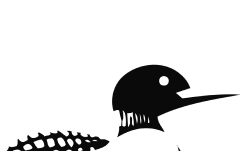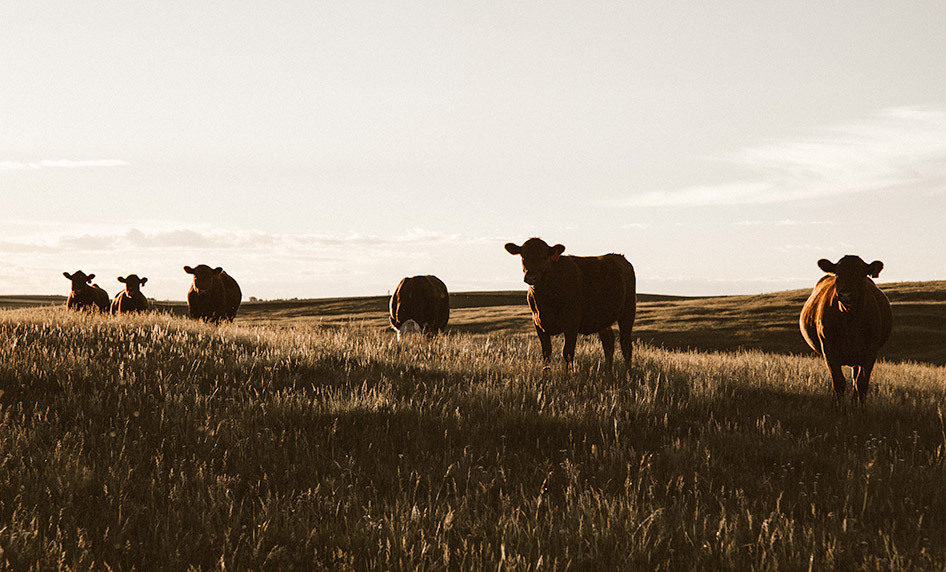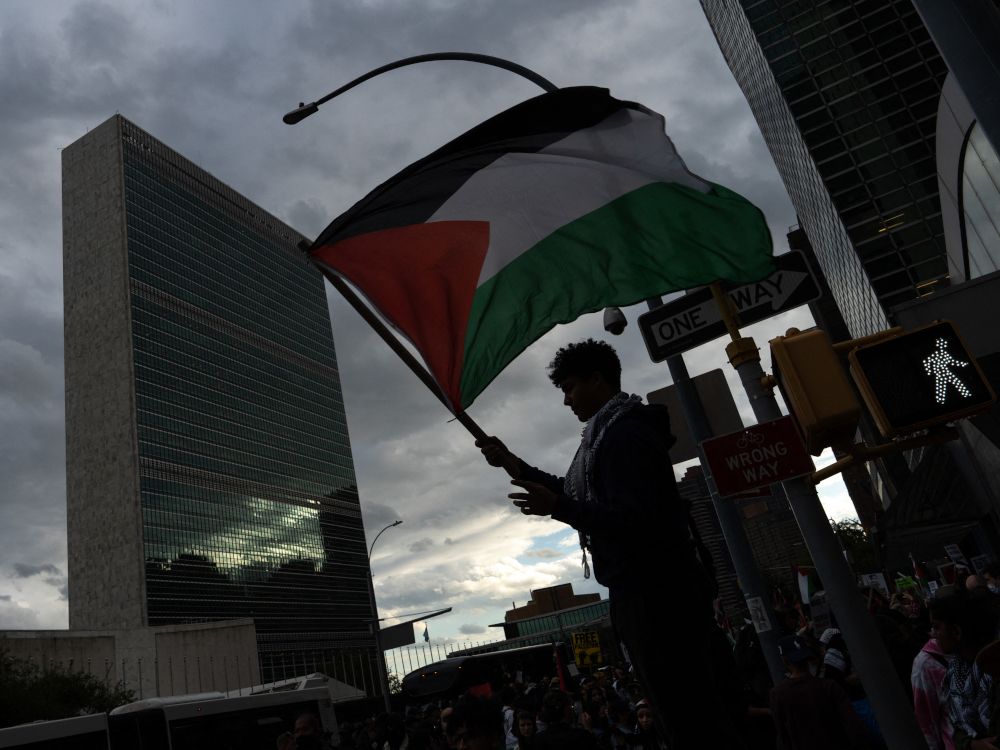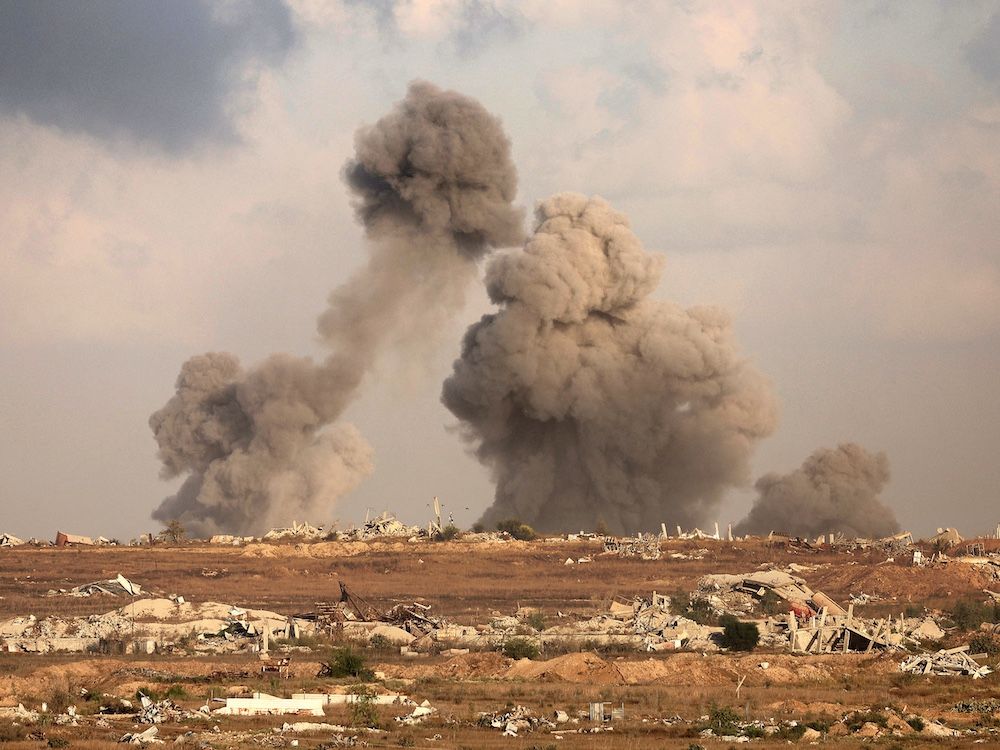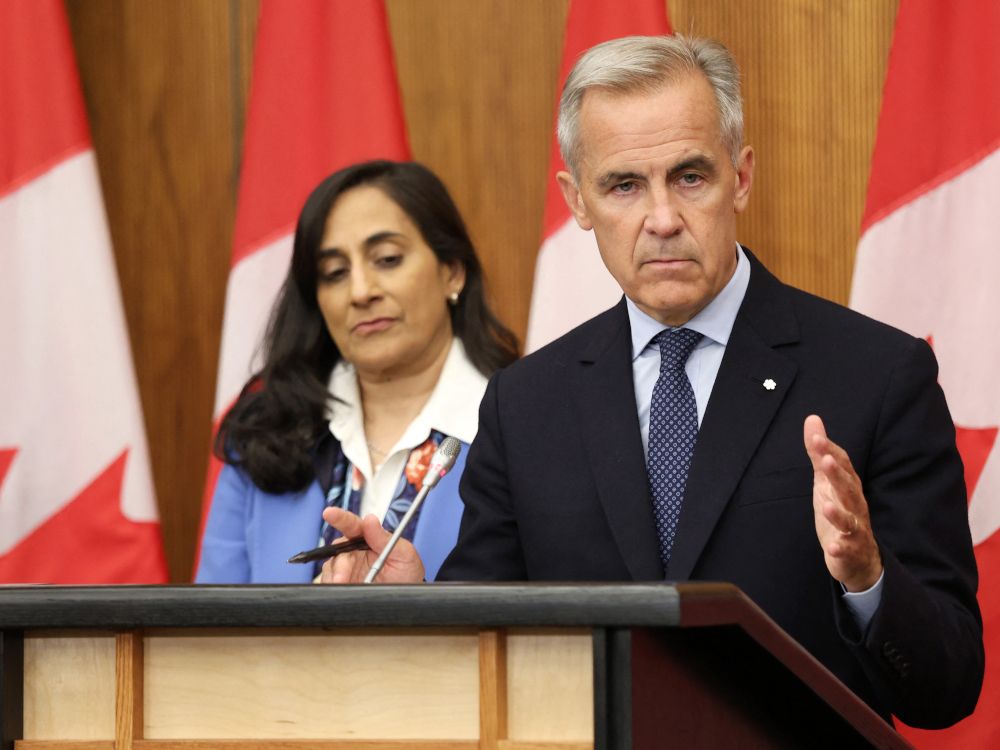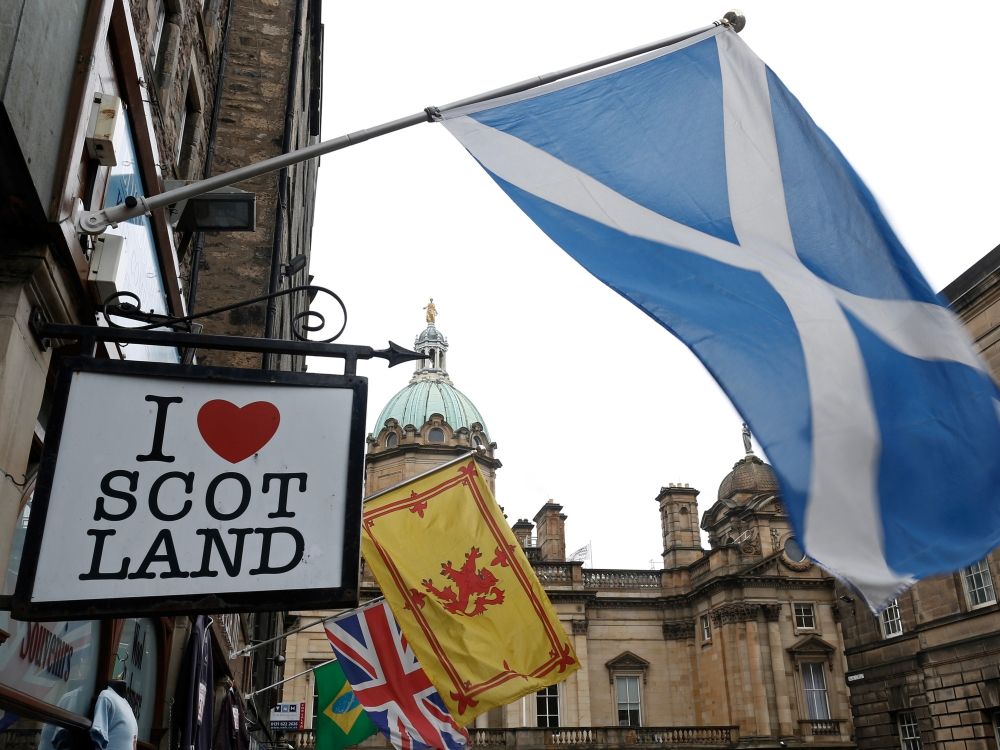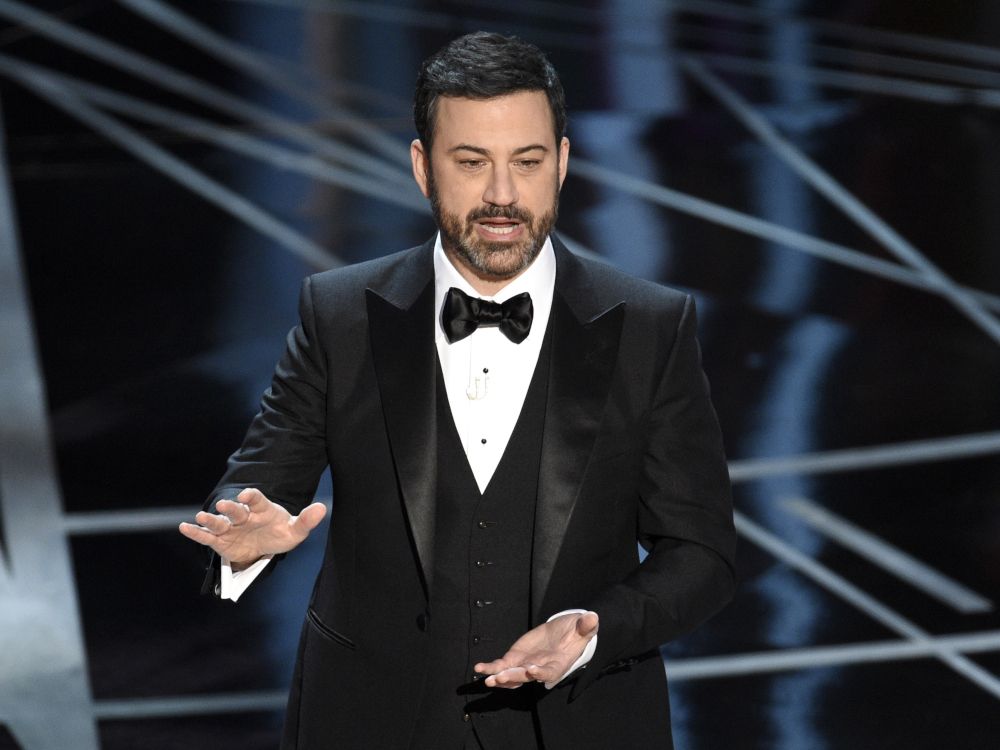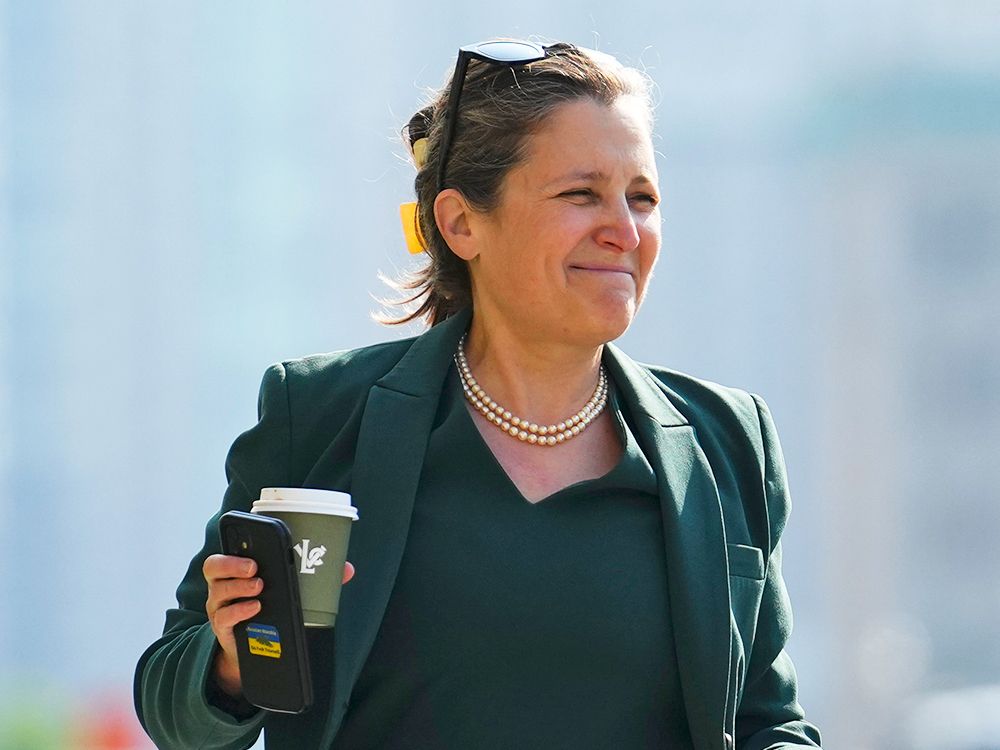
For the second time in a year, Chrystia Freeland has resigned. Less than a year ago, it was Freeland’s resignation as deputy prime minister that set in motion the eventual departure of Prime Minister Justin Trudeau. And now, just a few months into the government of Prime Minister Mark Carney, she’s quitting again by abandoning her new post of minister of transport and internal trade.
The Conservative opposition claims Freeland is leaving for the same reason she did before: To avoid association with a federal deficit that is projected to be way higher than anyone anticipated. Freeland, for her part, said in a statement she just thinks it’s time to go, even going so far as to specify, “I am not leaving to spend more time with my family.”
In Dear Diary, the National Post satirically re-imagines a week in the life of a newsmaker. This week, Tristin Hopper takes a journey inside the thoughts of Chrystia Freeland.
Monday
As I prepare to exit the public stage, I am leaving with the fear that this nation may again fall prey to the empty, unambitious siren call of “just keep us safe and let us afford things.” And I am aware of the talking points they may use to defame my legacy.
You can show me the figures on GDP-per-capita or homicide rates or average rental prices, but is this a nation or a collection of economic and social figures? Canadians of the future will not ask if Chrystia Freeland made them richer or safer or better housed. They will ask if she made them feel better about themselves. And on this metric — the only one that matters — everything has gone great.
Tuesday
When people ask me “was it all worth it, Chrystia?” I need only to remind them where they were 12 years ago. I remember where I was: veteran newspaper editor, bestselling author, an “influencer” before that word had even entered the vernacular.
Life was good, Canada was prospering, and the future looked bright. But where was the
soul
?
Canada was a cruel, inward-looking place that would sooner cut the GST than fund gender-inclusive rice farming projects in Myanmar. Canadians had become a scared people who sought insular, unsophisticated goals such as “historically low crime,” rather than pursuing a bolder vision that considered the higher-order implications of what crime even is.
Maybe it
was
safer, maybe it
was
easier to find a job. But who ever put up a statue to safety and employment?
Wednesday
It was at a cabinet retreat soon after our 2015 electoral victory where I first realized that I wasn’t like these people. They were ordering a round of San Pellegrino for the table, and I said, “You know what? Dasani is fine.” I didn’t even pour it into a glass; I drank it right out of the bottle.
Many people don’t know I was born in Peace River, Alberta. My father drove a stick shift. My neighbour owned an air compressor. I saw a bear once. And while my 20s may have been been a dizzying array of Ivy League admissions and European scholarships, I’ve never lost touch with those Peace River roots. Will I miss my cabinet colleagues? Maybe, but I am unapologetically excited about returning to my simple, country-girl roots of once again making eye contact with drivers and eating at the airport Moxie’s, instead of the airport Chop Steakhouse.
Thursday
As a proud daughter of Peace River — the Alberta town where I was born — I would be the first to admit that public service enshrouds the servant in a kind of bubble. People think I can’t see the coach section on the Air Canada flight, but I know it’s there. I can remember my last encounter with the rubbery, burnt fare of a Tim Hortons, where I was humble enough to appreciate that, for the vast majority of Canadians, the brief glucose-rush of a honey cruller is the highlight of their week.
But the job of a leader is not to be a mere mouthpiece to the base urges of their constituency. The miracle of democracy is that the elected representative becomes able to rise above the petty reflexes of their voters, and thus chart a course whose sagacity may not always be understood by the cruller-eating collective.
It would have been so easy to jail criminals, spike the GDP, manage population growth and buy public loyalty with an endless supply of cheap gasoline and groceries. But we tried to do hard things, and I make no apologies for that.
Friday
When I look back to my youthful days in the Alberta community of Peace River, where I come from, I often think of the women role models that first inspired me to a life of public service.
In 1970s Peace River, there were women councillors and women school principals and even women Rotarians, but they were the exception. As my Peace River mother used to tell me in Peace River, “Chrystia, they’ll let you into the halls of power, but only if you’re perfect. A boy can make mistakes, but
you
have to be flawless.”
As I look to the next generation of women leaders, I feel proud that I have helped charter a course out of this cruel double standard.
Obviously a generational talent like a Margaret Thatcher or a Golda Meir is going to rise to the top, regardless of the thickness of the glass ceiling. But what of the average woman? The one who struggles with basic public speaking. Who refuses to learn rudimentary details about her portfolio. Who constantly fumbles straightforward tasks, and then blames the resultant fallout on subordinates?
What is the legacy of Chrystia Freeland, the one-time deputy prime minister born in Peace River, Alberta? It was showing Canadians that anyone, regardless of sex, creed or basic competence, could have a place at the table.
